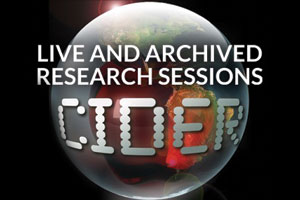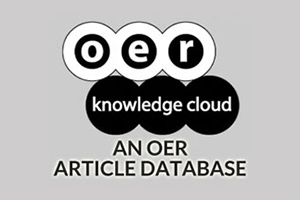A Framework for Process Reengineering in Higher Education: A case study of distance learning exam scheduling and distribution
DOI:
https://doi.org/10.19173/irrodl.v9i3.535Keywords:
process reengineering, exam scheduling and distribution, distance learningAbstract
In this paper, we propose a conceptual and operational framework for process reengineering (PR) in higher education (HE) institutions. Using a case study aimed at streamlining exam scheduling and distribution in a distance learning (DL) unit, we outline a sequential and non-linear four-step framework designed to reengineer processes. The first two steps of this framework – initiating and analyzing – are used to initiate, document, and flowchart the process targeted for reengineering, and the last two steps – reengineering/ implementing and evaluating – are intended to prototype, implement, and evaluate the reengineered process. Our early involvement of all stakeholders, and our in-depth analysis and documentation of the existing process, allowed us to avoid the traditional pitfalls associated with business process reengineering (BPR). Consequently, the outcome of our case study indicates a streamlined and efficient process with a higher faculty satisfaction at substantial cost reduction.Published
How to Cite
Issue
Section
License
This work is licensed under a Creative Commons Attribution 4.0 International License. The copyright for all content published in IRRODL remains with the authors.
This copyright agreement and usage license ensure that the article is distributed as widely as possible and can be included in any scientific or scholarly archive.
You are free to
- Share — copy and redistribute the material in any medium or format
- Adapt — remix, transform, and build upon the material for any purpose, even commercially.
The licensor cannot revoke these freedoms as long as you follow the license terms below:
- Attribution — You must give appropriate credit, provide a link to the license, and indicate if changes were made. You may do so in any reasonable manner, but not in any way that suggests the licensor endorses you or your use.
- No additional restrictions — You may not apply legal terms or technological measures that legally restrict others from doing anything the license permits.







